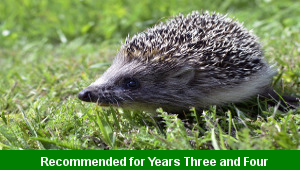Lesson Three – Poetry Characters

This English teaching pack for Key Stage Two gets the children to devise and record expanded noun phrases using commas to separate images to describe a character in the narrative poem of the Lady of Shalott.
The class can suggest how and why poets use specific language in a poem to create effects and moods when describing places and characters in their writing.
Download this teaching pack including a lesson plan, classroom activities and an interactive presentation to teach the children to devise and record expanded noun phrases using commas to separate images to describe a character in the narrative poem of the Lady of Shalott
Activities in this teaching pack include a shared reading text to identify and describe how poets use figurative language to describe characters in a narrative poem and a worksheet to select and record vocabulary to use expanded noun phrases describing a character in a narrative poem.
The interactive presentation gets the children to explore how to devise expanded noun phrases using commas to separate images to describe a character in a narrative poem.
This lesson is part of an English scheme of work to get the children to explore how poets use figurative language to describe settings and characters when narrating a story. There are teaching activities for shared learning, differentiated worksheets to support independent learning and interactive presentations to introduce concepts and key skills.
-

Rounding Hundreds
Explain and model how to round some different numbers to the nearest hundred based on the place values of the digits in each number
-

Rounding Tens
Identify and record how to round some different numbers to the nearest ten based on the place values of the digits in each number
-

Classic Animal Stories
Investigate the structure and content of classic works of fiction by significant authors with animals as the main characters
-

Cities, Towns and Villages
Research and present the history of a range of different buildings and people that are part of the local community using a school exhibition
